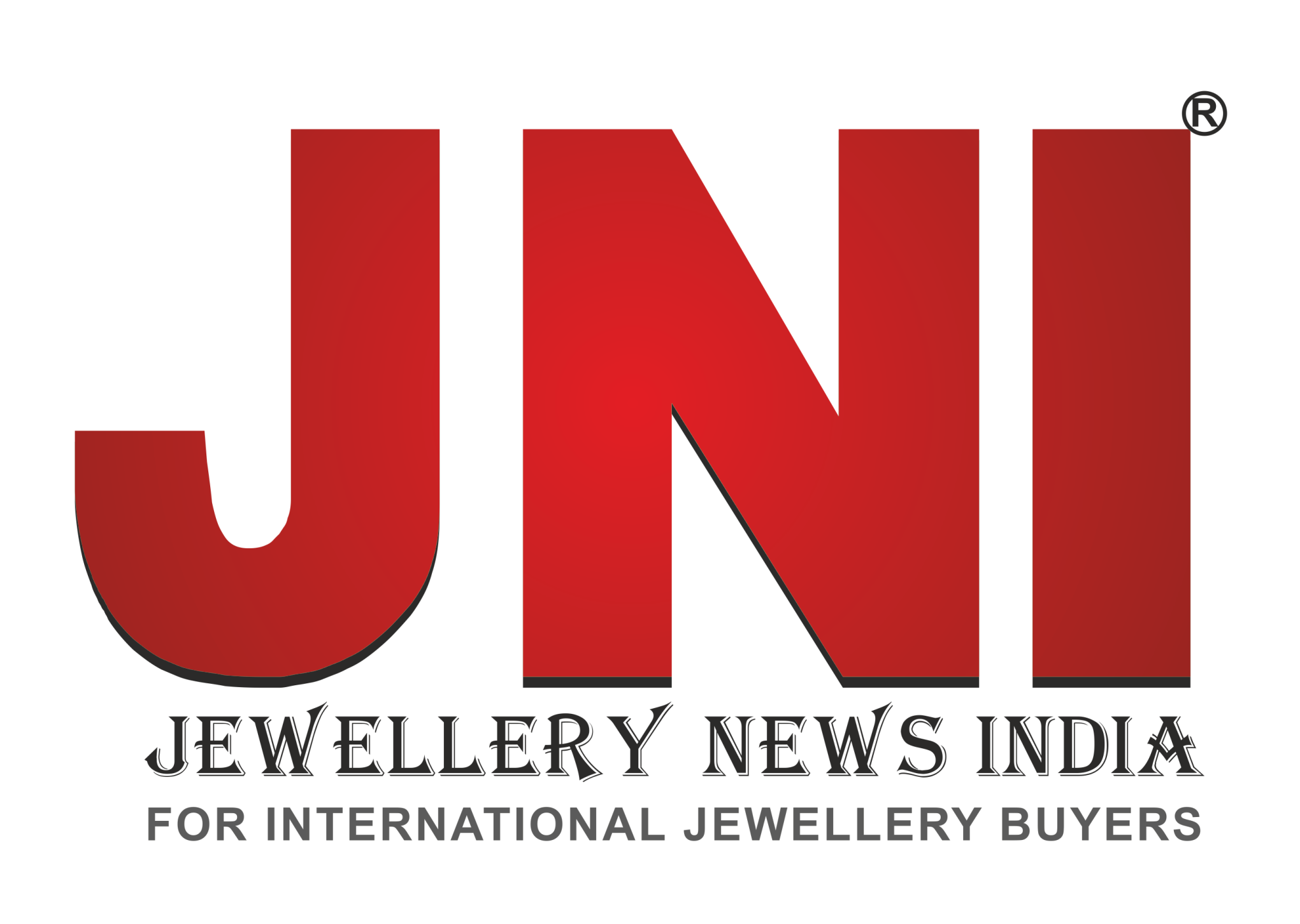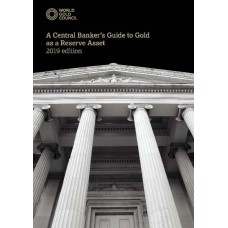Ample scope for growth in gold!
Recently the World Gold Council published the report, A Central Banker’s Guide to Gold as a Reserve Asset 2019 edition. The report says, on In 2018, central bank net purchases of gold totalled 651t, up74% year-on-year, the highest level of annual net purchases since the suspension of US dollar convertibility into gold in1971. Over the past decade, central banks have purchased more than 4,300t of gold, bringing total holdings to nearly34,000t. The vast majority of demand has come from EMDE central banks and this remains the case today.
But the pattern of demand has changed. In 2016, demand was highly concentrated in Russia, China and Kazakhstan. By 2018, it had become far more diverse, with19 individual central banks buying over one tonne of gold, according to IMF data. Countries that had been absent from the gold market for many years became notable buyers of gold, even the European Unionre-emerged as a net buyer due to substantial purchases from Poland and Hungary.
Central bank buying remained robust in H1 2019. The National Bank of Poland announced in July 2019 that it had accumulated a further 100t, following its 25.7t purchase in 2018. China, India, Russia, Kazakhstan, Kyrgyzstan, Uzbekistan and Turkey have also made large purchases this year.
In a further sign of central banks’ positive sentiment towards gold, the European Central Bank (ECB) announced that its 20-year old Central Bank Gold Agreement would not be renewed when it expires in September 2019.7
The ECB said that it and the 21 other central banks that are signatories to the agreement: “confirm that gold remains an important element of global monetary reserves, as it continues to provide asset diversification benefits and none of them currently has plans to sell significant amounts of gold.” The ECB also noted that: “signatories have not sold significant amounts of gold for nearly a decade, and central banks and other official institutions in general have become net buyers of gold.”
Despite the pace of buying, the share of gold in EMDE countries’ reserves remains relatively low. The overall allocation is 5%, compared with 16% for advanced economies, though there are large differentials between countries.
This suggests there is ample scope for continued growth. The National Bank of Poland cited its hither to relatively low share of gold to total reserves, in comparison to other European countries, as a key reason for its decision to buy gold.




